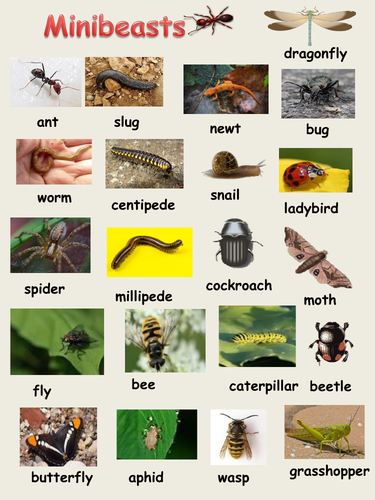100 Things To Do Before Leaving Sutton Valence Primary School
At Sutton Valence Primary School we believe that school life is much more than what children learn in the classroom and we want our pupils to learn as many skills as possible and have as many different experiences as they can during their time at primary school. We are delighted to share our ‘100 Things to do before leaving Sutton Valence Primary School’
Our ‘100 Things’ booklet was a work-in-progress project for some months and has been planned, designed and executed by staff from scratch to try and incorporate a range of ideas, activities and skills so that your child can record and be proud of their achievements every step of the way. There are such a wide range of activities that there will always be something to do!

Each time your child completes an activity, send them into school with the booklet they have been issued with so that they can receive a designated sticker from staff. They will also be given a token to place in a special display box located in the main reception area so that we can, as a school community, all view, share, and celebrate each and every child’s achievement and progress. There are also designated scrapbook pages at the end of each section for your child to draw, stick or write mementos and souvenirs at every stage of their journey. This booklet will also be a fantastic keepsake in years to come.
We hope you will be as excited about this initiative as we are in school, and that you will support your child in completing the 100 challenges within the booklet.
If it’s hard, keep going… if it’s easy, challenge yourself and make it harder!
Term 5 Challenge
Minibeast Madness
What is a Minibeast?
Simply put, a minibeast is a small animal. Types of minibeast include crabs, butterflies, beetles, spiders, slugs, snails and caterpillars, for example.
Minibeasts are an important part of the primary school curriculum as it allows children to study a Biology topic first-hand - something that is a lot trickier to do with larger animals!
In science, the official scientific name for a minibeast is an invertebrate - which refers to any animal that does not have a backbone. This means that lots of minibeasts either have a hard shell called an exoskeleton instead of a skeleton inside their body (like a spider or an ant has for example), or they have no bones at all and are flexible and soft (for example, slugs). There are also many invertebrates that aren't minibeasts, but all known minibeasts are invertebrates.
There are a lot of different types of minibeast, and we'll go into more detail on each type further on, but for now, here's a quick summary of the main groups of minibeast:
- Insects - eg. beetles, ants, butterflies
- Arachnids - eg. spiders, scorpions
- Myriapods - eg. centipedes, millipedes
- Crustaceans - eg. woodlice, crabs, lobsters
- Molluscs - eg. snails, slugs, octopuses
- Annelids - eg. flatworms, leeches
- Coelenterates - eg. jellyfish, anemones
- Echinoderms - eg. starfish, urchins
Where Do Minibeasts Live?
Different types of minibeasts can be found all over the world in all types of habitats and ecosystems. This could be in forests, rivers, ponds, deserts or beaches - you can find minibeasts almost everywhere you look!
They are usually found in micro-habitats within these places. This could be under a log in the forest, on a tree, under some dead leaves or in a hole at the beach.
Minibeast and their micro-habitats can be found almost anywhere in the world because of their unique characteristics that make them suitable for even the toughest conditions. Some minibeasts have hard exoskeletons that make them waterproof meaning that they can survive in the dampest areas, whereas some use their hard shells to reduce water-loss, allowing them to live in incredibly dry areas. You can even find some minibeasts living in your own home!
Your challenge:
This term can you go on a minibeast hunt in your garden or local area. Once you have found some minibeasts you can:
- Complete a record of what minibeasts you found and where you found them
- Make a model of a chosen minibeast
- Draw or paint a picture of a chosen minibeast
- Make a minibeast home to put in your classroom outside area









